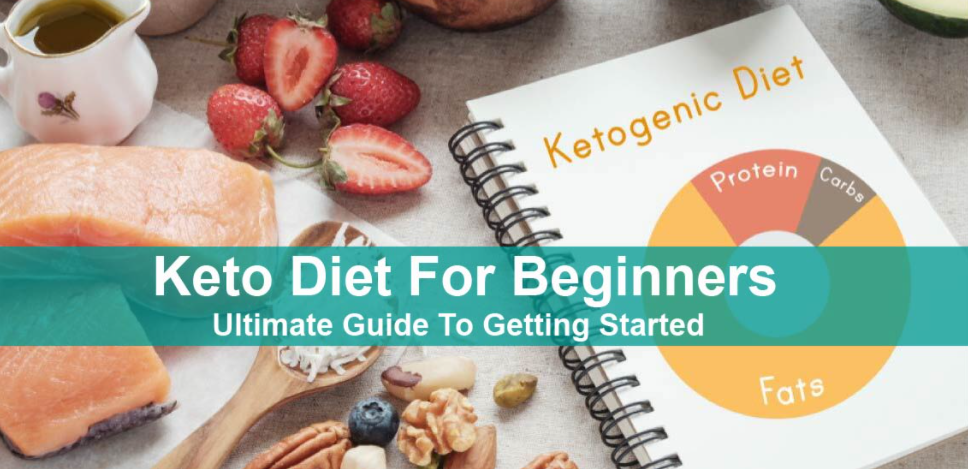A Comprehensive Beginner’s Guide to the Ketogenic Diet
The ketogenic diet, or keto diet, has gained popularity for its potential to promote weight loss and improve overall health. In this detailed guide, we’ll explore the fundamentals of the ketogenic diet, its benefits, potential risks, and how to get started.
What is the Ketogenic Diet?
-
- Definition: The ketogenic diet is a high-fat, low-carbohydrate eating plan designed to induce a state of ketosis in the body.
- How It Works: By drastically reducing carbohydrate intake and increasing fat consumption, the body shifts from using glucose as its primary fuel source to using ketones produced by the liver.
- Types of Ketogenic Diets: Standard ketogenic diet (SKD), targeted ketogenic diet (TKD), cyclical ketogenic diet (CKD), and high-protein ketogenic diet.
Benefits of the Ketogenic Diet:
-
- Weight Loss: The keto diet can lead to significant weight loss, especially in the initial stages.
- Improved Blood Sugar Control: Ketogenic diets may help stabilize blood sugar levels and improve insulin sensitivity.
- Enhanced Mental Clarity: Some people report improved focus and cognitive function while following a ketogenic diet.
- Increased Energy Levels: Ketosis can provide a steady source of energy, particularly for endurance activities.
- Potential Health Benefits: Research suggests that the ketogenic diet may have therapeutic effects for conditions such as epilepsy, metabolic syndrome, and certain neurological disorders.
Also Read || Top 10 Natural Ways to Lose Belly Fat and Live a Healthier Life
Foods to Eat on the Ketogenic Diet:
-
- Healthy Fats: Avocado, nuts, seeds, olive oil, coconut oil, fatty fish.
- Low-Carb Vegetables: Leafy greens, cauliflower, broccoli, zucchini, bell peppers.
- Moderate Protein: Meat, poultry, fish, eggs, tofu, tempeh.
- Dairy: Full-fat dairy products like cheese, yogurt, and butter (in moderation).
- Avoid: High-carb foods like grains, sugar, starchy vegetables, and most fruits.
Potential Risks and Side Effects:
-
- Keto Flu: Some people experience flu-like symptoms when transitioning to a ketogenic diet, including fatigue, headache, and nausea.
- Nutrient Deficiencies: Restricting certain food groups may lead to deficiencies in vitamins and minerals if not properly planned.
- Increased Cholesterol Levels: While some studies show improvements in lipid profiles, others suggest that the keto diet may raise LDL cholesterol levels in some individuals.
- Constipation: The low-fiber nature of the ketogenic diet can lead to constipation for some people.
Getting Started on the Ketogenic Diet:
-
- Calculate Your Macronutrient Ratios: Determine your daily calorie and macronutrient goals based on your individual needs.
- Plan Your Meals: Create a meal plan that includes a variety of keto-friendly foods and recipes.
- Monitor Your Progress: Keep track of your food intake, ketone levels (if desired), and how you feel both physically and mentally.
- Stay Hydrated: Drink plenty of water, especially in the early stages of ketosis.
Conclusion:
The ketogenic diet can be an effective way to lose weight and improve various aspects of health when followed properly. However, it’s essential to consult with a healthcare professional before starting any new diet, especially if you have underlying health conditions or concerns. With careful planning and monitoring, the ketogenic diet can be a valuable tool for achieving your health and wellness goals.
Also Read || Dr Oz CBD Gummies for Blood Sugar Control

